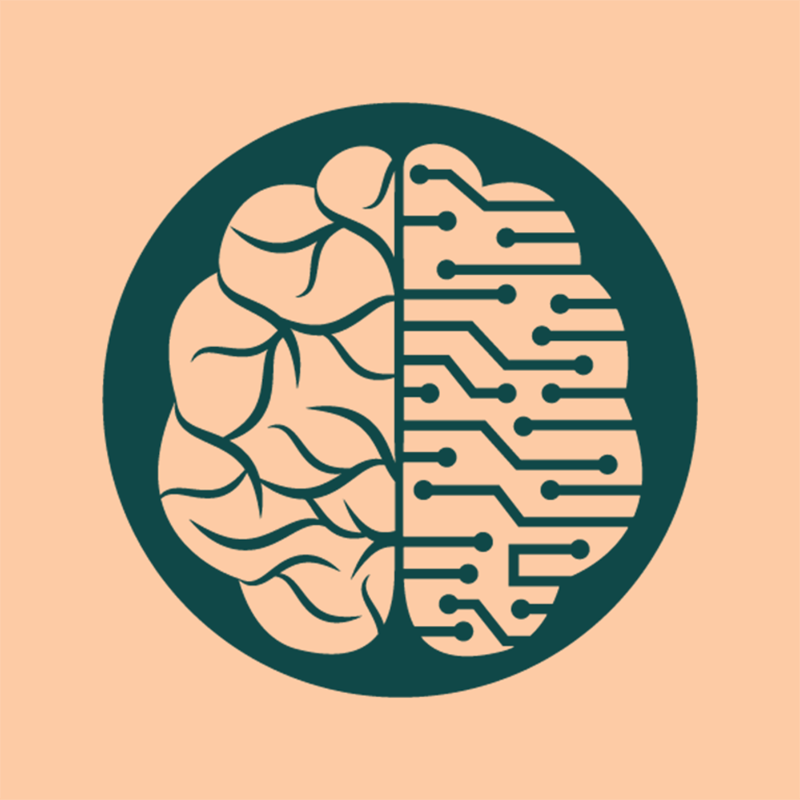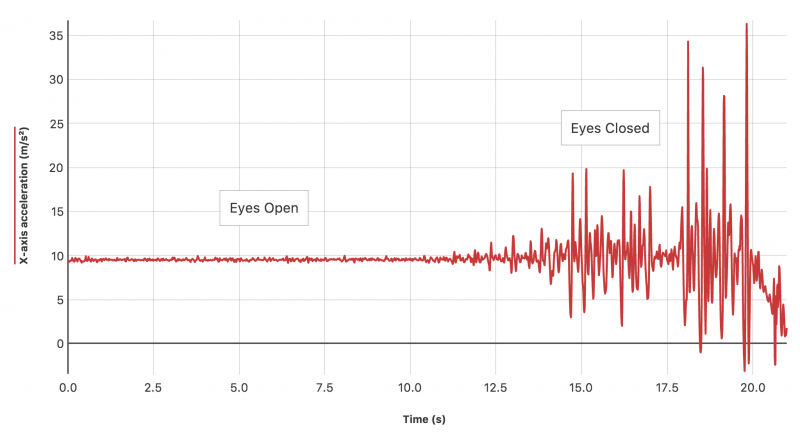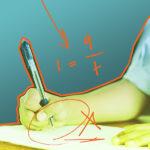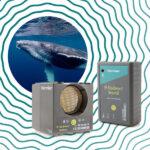
Sharing ideas and inspiration for engagement, inclusion, and excellence in STEM

Brain Awareness Week is March 11–17. This is an excellent opportunity for you to discuss the importance of neuroscience in your class using engaging activities. As a former instructor, I often found that teaching neuroscience could be challenging. Neuroscience is a broad field, and students need to understand molecular and cellular concepts, as well as brain anatomy and physiology. After years of teaching, I found several ways that seemed to make neuroscience easier for my students to understand. I’d like to share them with you.
Brain Structure: Taking a Closer Look
The brain is a collection of highly specialized cells with specialized functions. Different brain regions can have vastly differentiated cell types with distinctive shapes and purposes. Getting access to prepared slides of brain tissue from different brain regions can be difficult and costly. With this in mind, I have created a set of downloadable images of slides for you to use in your classroom. These images come from my personal collection and include Cajal-stained slides of the rat spinal cord, as well as Golgi-stained slides of rat cerebellum. The slides were given to me by a fellow histologist when he retired, and I captured images of many of his rare specimens to use in my classes.
When teaching students, I tried to make things as relevant as possible; so we learned about the histology of a brain region, the gross anatomy of that brain region, and then the function of that brain region. For example, the cerebellum is located at the base of the brain, and it contains a series of very specialized cells or neurons. One distinctive neuron type is the Purkinje cell. You can show your students what this cell looks like by showing them the Golgi Stained Purkinje Cells from the slide images referenced above. You might ask students to research the primary functions of the cerebellum, one of which is balance. You can then have the students perform a simple balance activity so they can learn that a cell type in this region of the brain helps them maintain balance.
Brain Function: Finding Your Balance
Balance is a complex task that involves input from multiple sensory sources. Visual input, proprioceptors from the limbs and joints, and input from the inner ears are all involved in balance. Our biology department created the “Balance” experiment (found in the Vernier Human Physiology Experiments: Volume 1 lab book) where students use the Go Direct® Force and Acceleration Sensor to detect movement while a subject balances on two legs and then on one leg, first with eyes open and then closed.
Students intuitively understand that it is much easier to balance with their eyes open, but now they can measure the magnitude of movement for each condition using acceleration data. Less stability results in larger and more frequent movements, which produces greater accelerations. As illustrated by the graph, there is much more movement by the subject when the eyes are closed than when the eyes are open.

Additional Resources for Your Classroom
If you’re looking for more ideas on what to do with your students during Brain Awareness Week, check out these resources from BrainFacts.org, where they provide an interactive brain map and various brain-related facts and activities. There’s also an activity that uses Prism Adaptation goggles that is very popular. This is a great example of visuo-motor plasticity that is also mediated in part by the cerebellum. If your students are feeling creative and inspired, enter the Brain Awareness Video Contest from the Society of Neuroscience. If you enter the contest and use Vernier technology, don’t forget to share it with us on your social channels and tag us @VernierST.
Share this Article

Sign up for our newsletter
Stay in the loop! Beyond Measure delivers monthly updates on the latest news, ideas, and STEM resources from Vernier.






